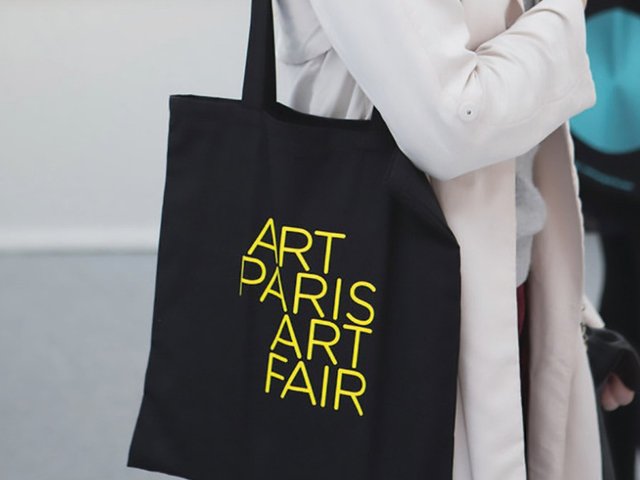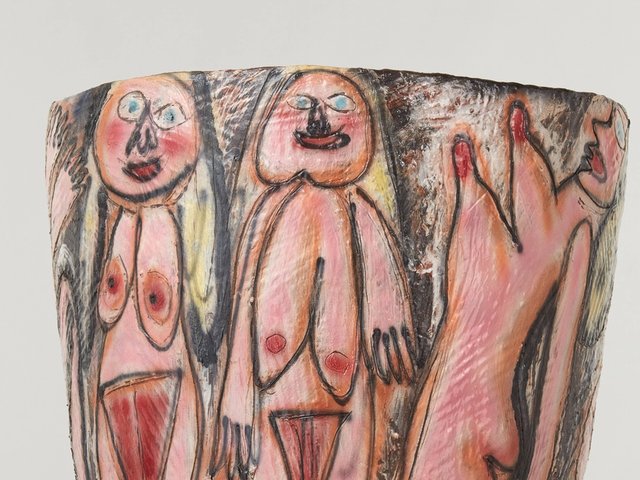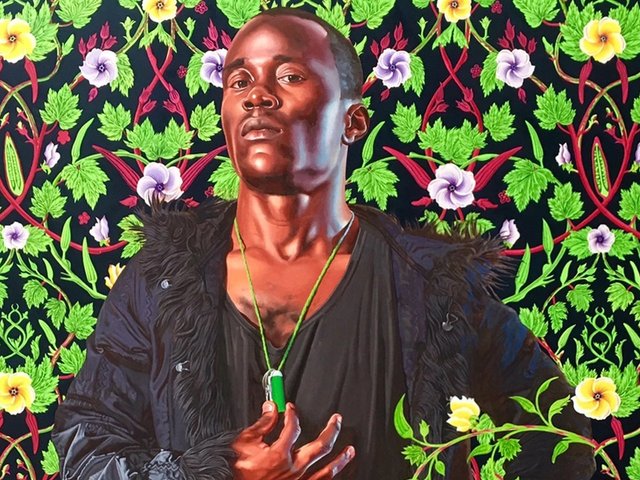Two newcomers to the satellite fair scene in Paris this year run alongside the 42nd edition of Fiac (Foire Internationale d’Art Contemporain) at the Grand Palais, which attracts hordes of international dealers, collectors and curators. But one of the new fairs, Paris Internationale (until 24 October), is styling itself as an anti-Fiac.
“We wanted something different, a fair made by galleries for galleries which is not super-corporate,” says the Paris dealer Guillaume Sultana, who co-founded the event with four other European galleries including High Art and Crevecoeur of Paris.
The fair, held in a ramshackle mansion on Avenue d’Iéna near the Palais de Tokyo, includes 34 dealers and seven non-profit spaces, and is loosely modelled on Independent, which launched in New York in 2010. Sultana is selling works by three artists including Celia Hempton of the UK, whose United Kingdom, June 2013 has a €7,500 price tag. Another participant, Praz-Delavallade of Paris, took part in Fiac last year.
The other new fair, Asia Now (until 22 October), is in a prime location, opposite the Grand Palais in the Espace Pierre Cardin building. The event, comprising 19 galleries from Asia and Europe, is billed as “the first boutique fair in France and Europe to bring a new perspective to contemporary Asian art”.
Participating galleries welcomed the new platform. “Our local market is very small, and this will give our artists more exposure,” says Céline Alexandre of Galerie Quynh, which is based in Ho Chi Minh City, Vietnam. Three works by the Hanoi-based artist Hoang Duong Cam, priced between €10,000 and €12,000, were a draw during the preview.
“Asia Now is perfectly timed and placed,” says the Singapore-based dealer Matthias Arndt. “Without this initiative, we would not see work from this region in Paris because it is not on the radar of Frieze and Fiac yet.” He had sold several pieces including two works by the Indonesian artist Eko Nugroho and a monumental painting by the Chinese artist Yang Jiechang (Je Ne Veux Pas Travailler, Tale of the 11th Day Series, 2010; €180,000).
Leo Xu Projects of Shanghai is selling three works by the Chinese artist Chen Wei, including a striking inkjet print entitled Night Print (2015) in an edition of six, priced at $12,000 each. “The French passionately like the Chinese and Chinese art, and are likely to opt for older generation artists,” Xu said. But he added: “It'll take a while for French collectors to warm to more conceptual Asian art."
Meanwhile, Fiac’s parallel fair, Officielle, comprising 69 exhibitors from 17 countries, opened its second edition to VIPs at Docks—Cité de la Mode et du Design, on 20 October. Its remit, according to a press statement, is very broad, encompassing young galleries and newcomers to the international art scene as well as “emerging artists whose historic contribution has been overlooked”.
Jennifer Flay, the director of Fiac, says: “We see Fiac and Officielle as being very much part of the same dynamic; there is absolutely no intention of developing it into a satellite event. The Grand Palais [Fiac venue] is too small for us to cover the range of galleries that we want to include.” A young US dealer, who preferred to remain anonymous, said: “It’s logical to see Officielle as a stepping stone to Fiac.”
Some dealers stress that their priority is to strengthen links with French collectors. “We don’t know that many,” says the New York-based dealer and fair newcomer Rachel Uffner. Her stand is dedicated to three artists: Bianca Beck, Strauss Bourque-LaFrance and Sam Moyer whose Desert Rose work (2015) is available for $35,000.
“It takes a while to build up a network of collectors here,” says Michael Zink of the Berlin-based Kromus+Zink gallery, which had sold three paintings by Cameroon-born Gregory Forstner, including Childhood Memory (2015), to US, German and French collectors by the close of the preview.




